This is not only a neat trick but a very practical skill - you can figure out the day of the week of anyone's birthday.
If you were born in the 20th Century, (1900-1999), we can use math to find out which day of the week you were born. If you’re a little too young for this, try it with a parent or grandparent’s birthday. Watch the video and I'll teach you exactly how it works.
[am4show have='p8;p9;p11;p38;p92;p154;' guest_error='Guest error message' user_error='User error message' ]
Download Student Worksheet & Exercises
Did it work? You can check via the Time and Date website, or simply do an internet search for the year and the word calendar, such as, “1996 calendar.”
Note: the codes shown in the video are special just to the years in the 1900s. If you'd like to be able to expand this to other centuries, you'll need to use the codes listed below and learn how to shift them (like I did for you in the video).
What about years 2000-2099?
The general formula is: Month Code + Date + Year Code - (biggest multiple of seven).
For Nov. 18, 2006 = 2 + 18 + 0 = 20.
20 - (7 * 2) = 20 / 14 = 6 so Nov 18, 2006 is on a Saturday using the codes below! (Do you notice how the following codes are different than they were for 1900s?)
Day Codes:
- Sunday = 0
- Monday = 1
- Tuesday = 2
- Wednesday = 3
- Thursday = 4
- Friday = 5
- Saturday = 6
- Sunday = 0 or 7
Month Codes:
- January = 6*
- February = 2*
- March = 2
- April = 5
- May = 0
- June = 3
- July = 5
- August = 1
- September = 4
- October = 6
- November = 2
- December = 4
*For leap years (2000, 20004, 2008, 2012, 2016...) the code for Jan = 5 and Feb = 1.
Year codes:
- 2000 = 0
- 2001 = 1
- 2002 = 2
- 2003 = 3
- 2004 = 5
- 2005 = 6
- 2006 = 0
- 2007 = 1
- 2008 = 3
- 2009 = 4
- 2010 = 5
- 2011 = 6
- 2012 = 1
- 2013 = 2
- 2014 = 3
- 2015 = 4
- 2016 = 6
- 2017 = 0
- 2018 = 1
- 2019 = 2
- 2020 = 4
- 2021 = 5
- 2022 = 6
- 2023 = 0
- 2024 = 2
- 2025 = 3
We don't have to memorize 2000-2099 because we know how to divide numbers since the table repeats itself.
Here's how it works: if you need the code for 2061, divide 61 by 4 to get 15 (with a remainder of 1 that we ignore), so 2061 has a year code of 61 + 15 = 76. Don't forget to subtract out any multiple of 7, so we get 76 - 70 = 6. The year code for 2061 is 6!
This works the same way for the 1900s: Fir December 3, 1998 we have 98 divided by 4 which gives 24 (with a remainder of 2 that we ignore), so 1998 has a year code of 98 + 24 + 1 = 123. Now subtract out the biggest multiple of seven (which is 119) to get 123 - 119 = 4. 1998 has a year code of 4!
What about year codes for other centuries?
Did you notice how I added "1" to the year code in the previous example? That's because I had to shift it over since it's in the 1900s. For the 1800s we'd shift it by 3. Let me show you how:
Abraham Lincoln's birthday is Feb 12, 1809. 2009 has a year code of 4, that we need to add 3 to (this is the shift by 3), so we get 7 (which reduces down to zero). The year code for 1809 is 0.
So, his birthday is: 2 + 12 + 0 - 14 - (biggest multiple of seven) = 14 - 14 = 0.
Lincoln was born on a Sunday!
For 2100 dates, you'd need to add 5 to the year code (or subtract 2 from the year code). For example, 2109 has a year code of 4 + 5 = 9. Subtract out 7 gives a year code of 2. For 1700s, you'll treat them just like the 2100s.
Why does this work?
We're using a Gregorian calendar. While this type of calendar was created in 1580s, it wasn't until Wed, Sept 2, 1752 when it was adopted by England and American colonies. 1752 has a year code of zero. Which is why this method won't work for any dates before this, as they were on the Julian calendar. Note that the Gregorian calendar repeats itself every 400 years, so you can convert any future date into a date near 2000. For example, March 19, 2361 and March 19, 2761 will both be on a Sunday.
Exercises
Identify the days corresponding to the following dates given in the format,: mm/dd/yyyy
- 11/16/1997
- 1/1/1997
- 05/27/1995
- 08/15/1997
- 07/15/1977
- 03/01/1977
- 11/24/1974
- 06/27/1958
- In a certain family, Janet was born on May 20, 1992 while Lewis was born on March 31, 1996. Who was born on Sunday?
- On which day is April 30, 1960?
[/am4show]


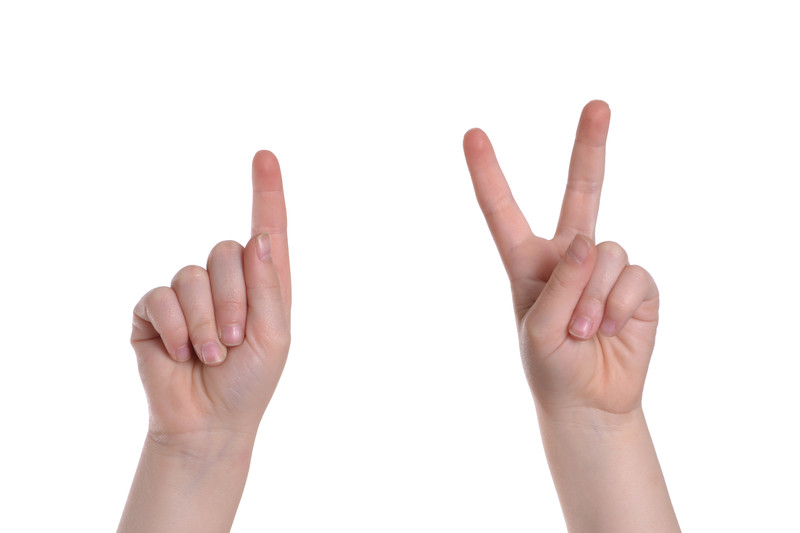
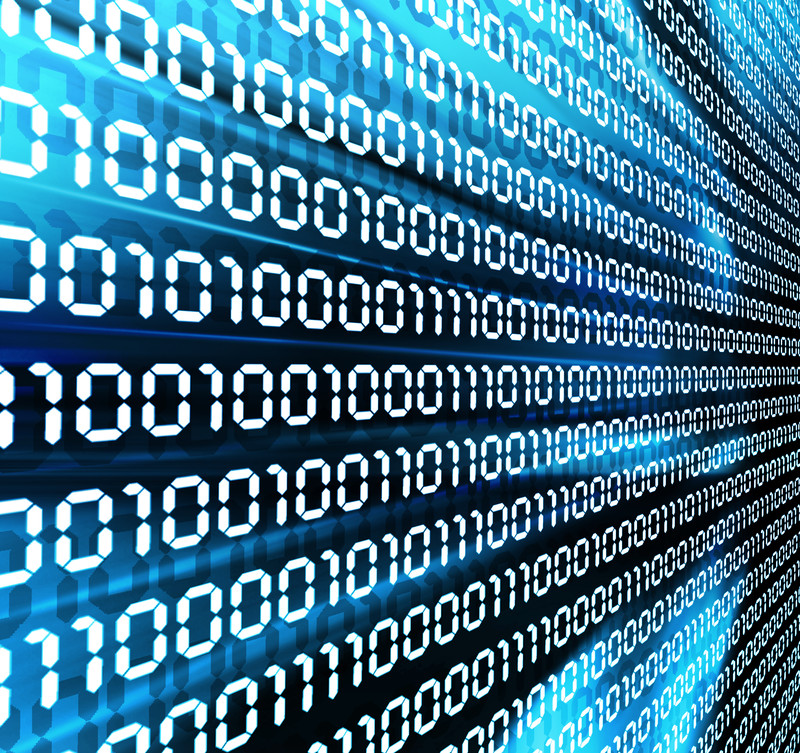
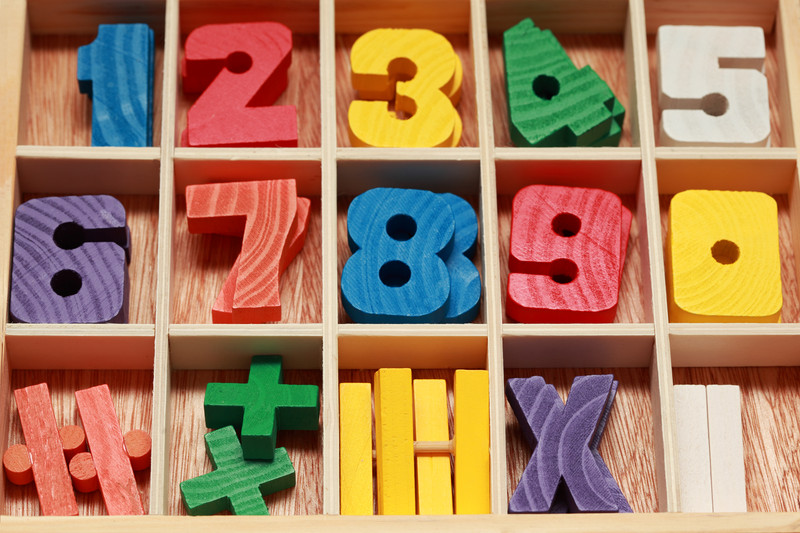
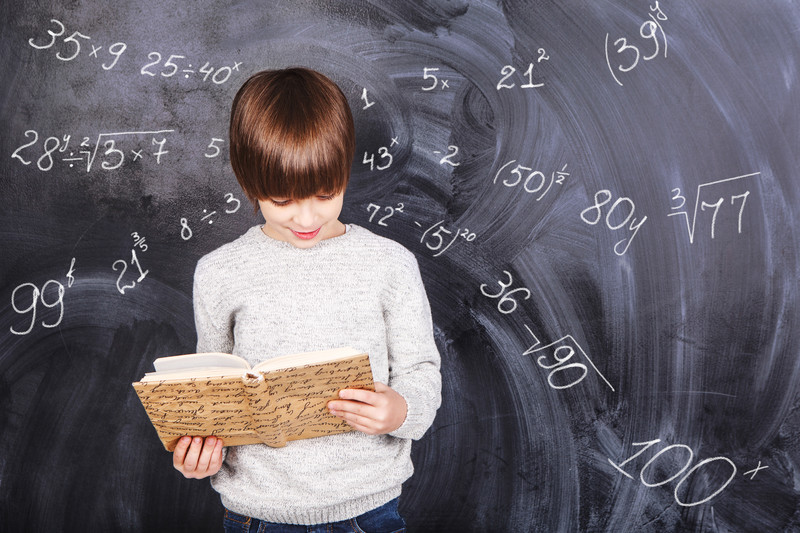


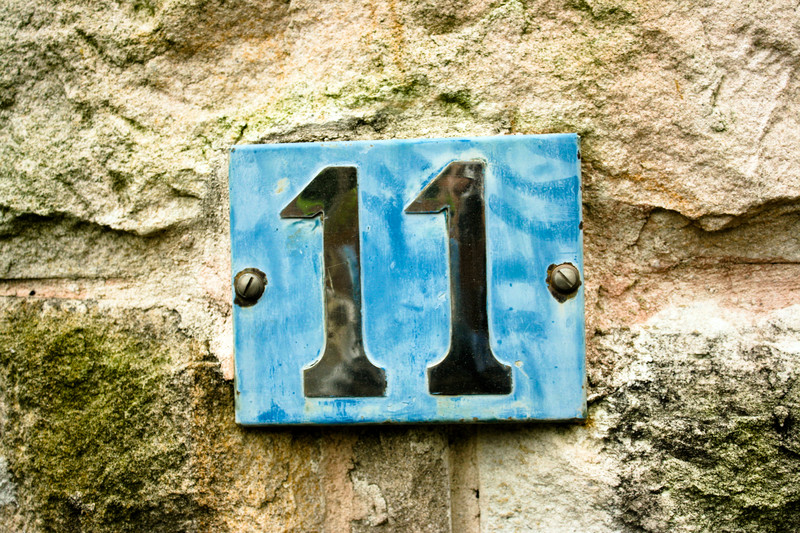
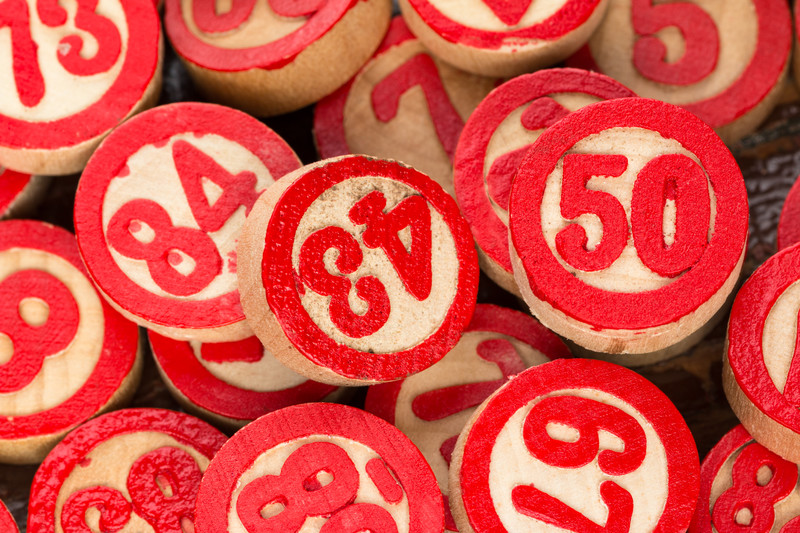
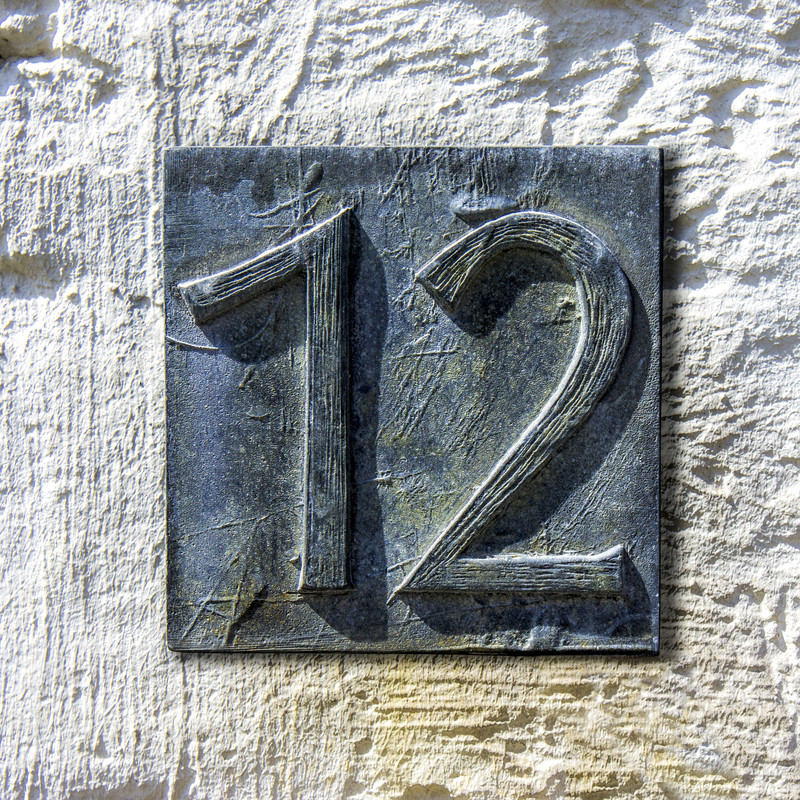
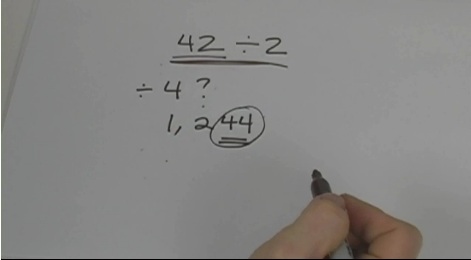
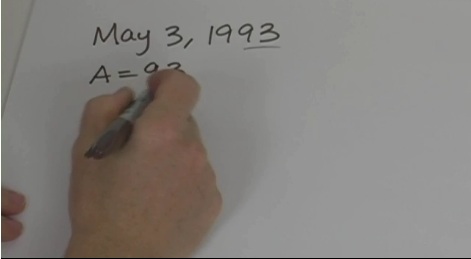
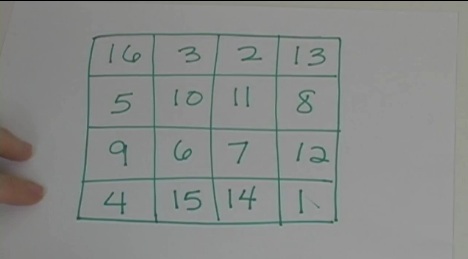
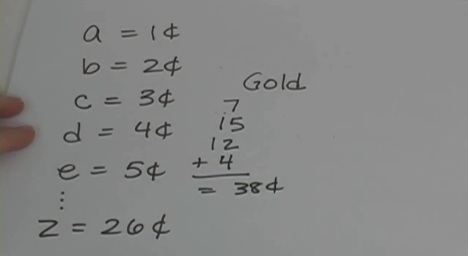
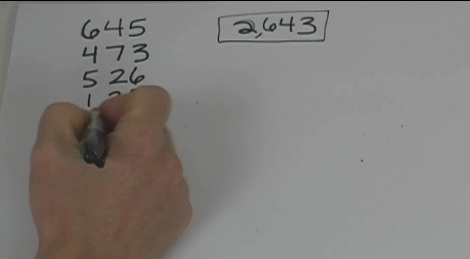

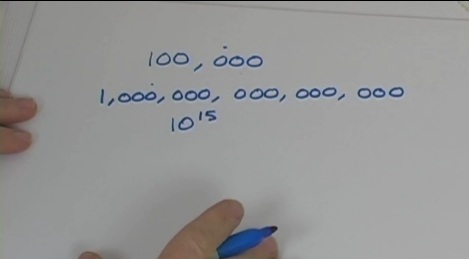
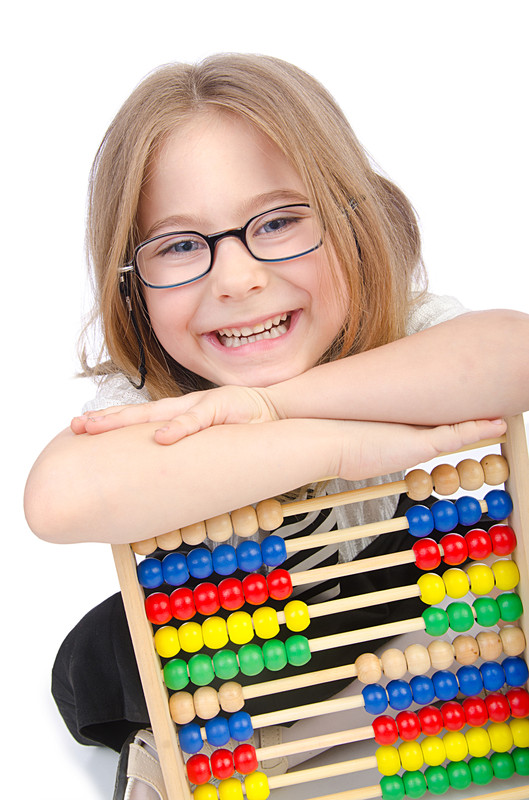
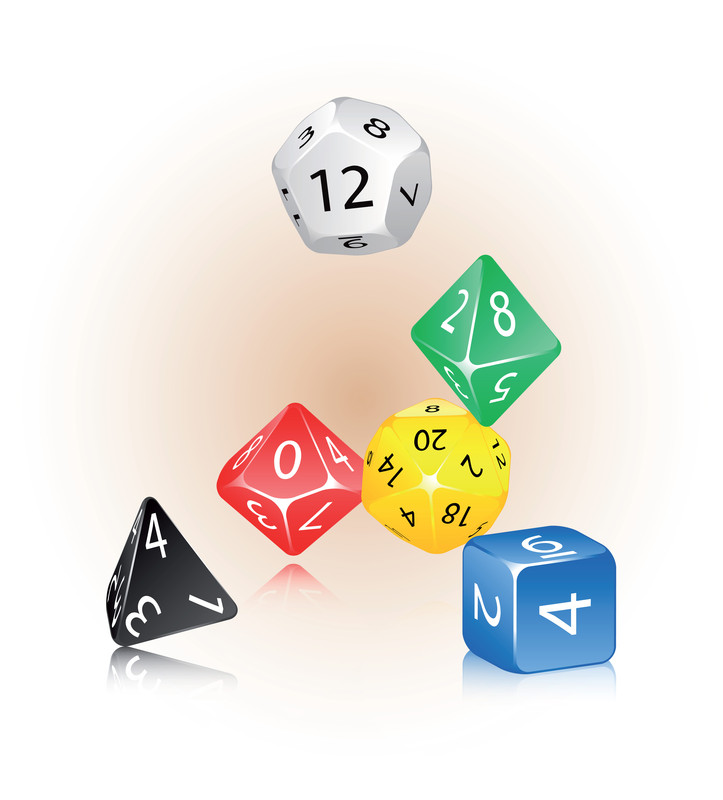

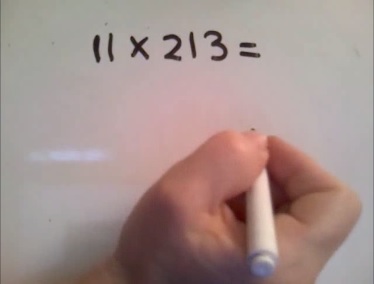

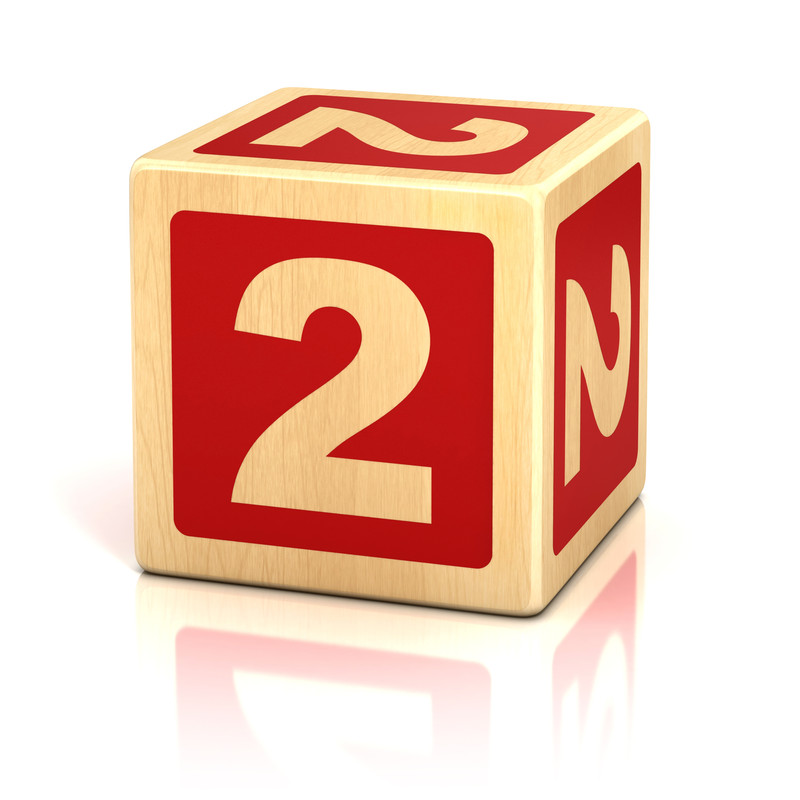

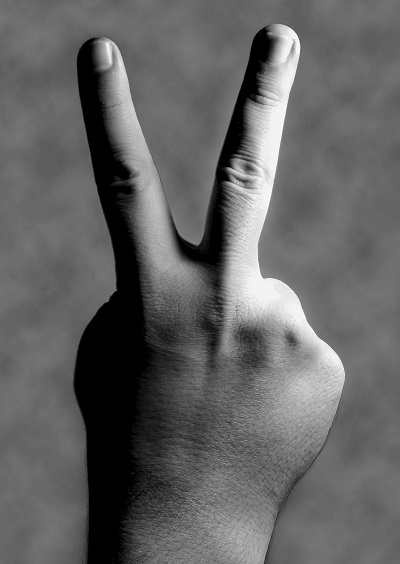
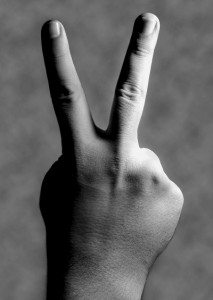 One day, my kid asked me how a calculator comes up with its answers. That's a great question, I thought. How does a calculator do math?
One day, my kid asked me how a calculator comes up with its answers. That's a great question, I thought. How does a calculator do math?